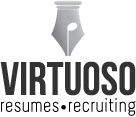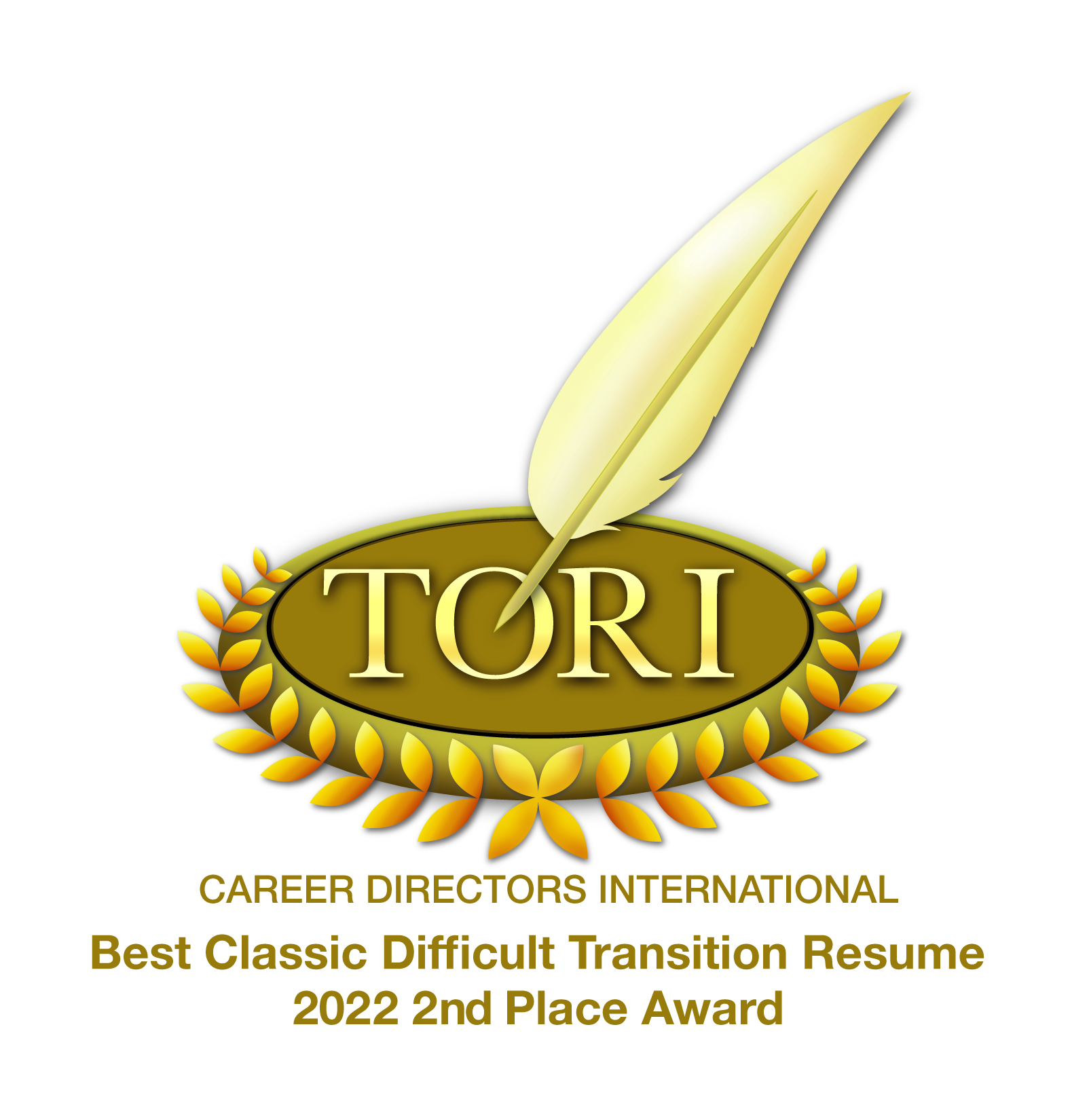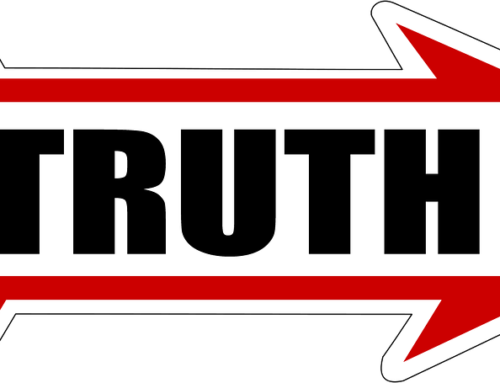 A professional, interesting cover letter attached with your resume can open the door to your dream employer. A poorly written cover letter, or none at all, can slam that same door in your face. Let’s open some doors, shall we?
A professional, interesting cover letter attached with your resume can open the door to your dream employer. A poorly written cover letter, or none at all, can slam that same door in your face. Let’s open some doors, shall we?
The whole point of a cover letter is to grab the attention of the reader enough to make them want to pay attention to your resume. The audience of the letter is obviously a hiring manager, so a certain level of decorum is also needed. I have six things that I recommend to my readers to strike the right chord of interesting writing and professionalism:
1 – The opening.
If I read “Dear Hiring Manager” on a cover letter one more time, I’m going to beat someone about the head and shoulders with a book of etiquette. Opening like you are writing a form letter is not a good idea. Instead, try to find the name of the hiring manager.
This is possible if you do your homework. Sometimes a phone call to someone in the company can net you the name. LinkedIn is another good source for the names of hiring managers. Sometimes it is listed right on the website too. If you can nab it, use it.
That being said, sometimes it’s not listed. In this case I like to use “Greetings.” The old phrase “To whom it may concern” is way too impersonal, so avoid it as well.
If you are sending your resume in through a referral, by all means address the letter to them. This lets the hiring manager know who to talk to for more information.
2 – Don’t be unprofessional.
First off, show that you care about your appearance by using good grammar and spelling in your cover letter. If you’re sloppy right from the get-go then your application will get chucked immediately.
Your cover letter shouldn’t be too casual (Yo, whassup? Hire me!), nor should it be too pretentious (bad cover letters are moribund, though propitious for your competitors). Approach your cover letter like you are having a business conversation with the person across from you.
Think about the cover letter like the supplement to your favorite reference book. It adds some information, but in no way replaces the resume itself. Your cover letter, like an addendum, may or may not get read, so don’t save your biggest accomplishments for the cover letter.
Finally, formal cover letters have the company name and address on them. It shows that you have manners and a certain level of professionalism.
3 – Strong opening sentence.
The hiring manager already knows you want the job or you wouldn’t be contacting them in the first place. Snag them from the beginning by showing how you can help them achieve their business goals. If you have some copywriting skill, this is the place to use it.
As a rule, cover letters should be short. There’s no reason to slowly draw the reader in. Hit them immediately.
4 – Don’t go too long or too detailed.
You are both introducing yourself and answering a question in your cover letter. Long cover letters are generally boring and will turn off the hiring manager. Three paragraphs is my rule of thumb.
One method that I’ve used with great success is to use the three paragraphs with bullet points placed in the middle. The bullets should encapsulate the reason that you should be hired in an easy to read format, while the paragraphs surrounding provide supporting information. Even if they only read the bullets, they’re getting the ‘good stuff.’
5 – Finish with a call to action.
At the end, you’ll want to urge the reader to contact you. Yes, the manager knows that you want to be contacted or else you wouldn’t be replying. But if you put in the ways that you prefer to be contacted and the best times to contact you, you’ll look more professional.
6 – Humanizing signature.
If your name is Michael and you go by Mike, then sign it Mike. It’s one more chance to seem like a real person and end the letter on a personal note.
The last and most important piece of advice that I can give while you’re writing your cover letter is that hiring managers are people too. They want to be around people that make them smile, make them look good, or empower them. Your cover letter and resume should be designed to break through the clutter and make the hiring manager realize that they’ve made an awesome choice.






When I was hiring, “Greetings” as a salutation really turned me off. It is too personal for my taste. “To Whhom It May Concern” was not too bad if 1) the writer had no way of knowing my name and 2) the body of the letter did not refer to our university by the name of a totally different university (yes, I got at least one application that was obviously written for a different university, and the applicant had not changed the name much less some of the “relevant” details).
Since I specifically asked for applications to be addressed to me by name, I was dismayed by how few applicants actually did so. And these were people applying for a position in an English department. If you can’t read, why should I expect you to be able to teach English?
The article speaks of attaching a cover letter. In some forums, I’ve seen people say a cover letter should be an attachment so that all attachments can be bundled together within the hiring organization, while others say it definitely should be the e-mail per se since a cover letter is the introduction and people don’t like to have to go from an e-mail to an attachment just to read the introduction. Finally, som argue that the cover letter should be the e-mail per se and copied as an attachment, to meet both concerns. Any thoughts?
Great comments! You are correct. Some of the rules that apply to private sector resumes don’t work for educational institutions, especially post secondary colleges and universities. Just to add to your point, I don’t believe in a one-size fits all approach – strategy must be applied to each individual job search scenario. What works for one field, may not work in others. I also wish that people would follow the instructions for each job they apply for (and avoid careless errors like leaving on the name of another institution!)
Let me see if I can shed some light on when/how to attach a cover letter.
1 – If you are sending your resume directly to a hiring manager by email and they are expecting it, the email itself should be 2-3 sentences and the cover letter should be attached in a single document with the resume.
2 – If you are sending your resume directly to a hiring manager by email and they are not expecting it, then I would copy/paste the cover letter into the email.
3 – If you are applying online through a company’s website, I would use a separate cover letter and resume.
Hope that helps!